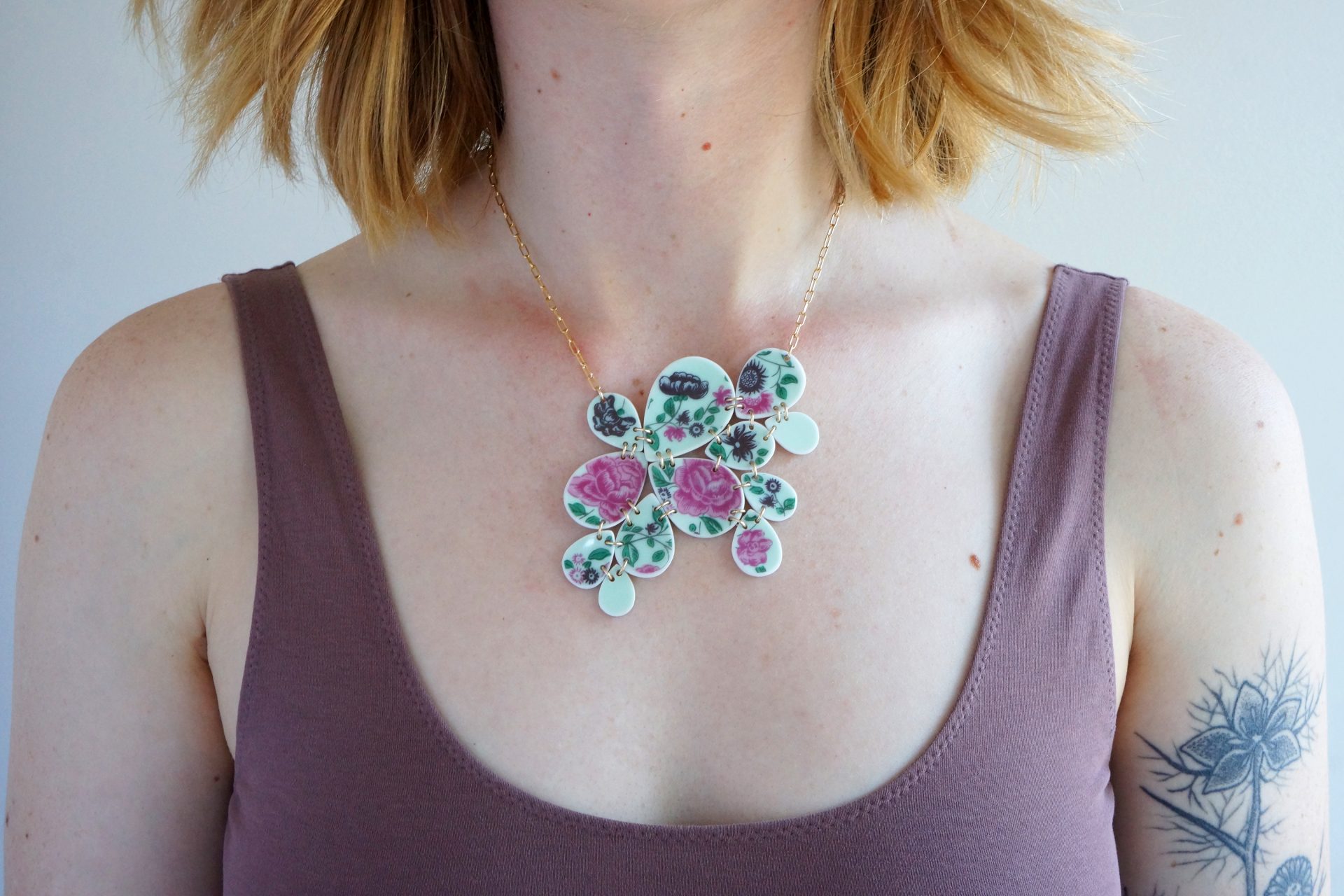African violets: consistent flowers and interesting leaves
26 Sep 2017
Bearers of Blooms
By Mary Lynn Bruny If you’re looking for a fairly easy houseplant that keeps on blooming, consider the charming African violet. While other houseplants may bloom once or twice a year, delicate African violets, if properly cared for, consistently produce new blooms nearly year-round. Today’s African violets are not your grandmother’s varieties, either. There are now hundreds of types from simple to exotic, in an array of colors and styles of both leaves and blooms. Though varieties range in size from 6 to 24 inches in diameter (the smallest is perfect for windowsills), they all have fragile, fuzzy leaves and grow in a compact, round style.
Watering Tips
African violets don’t like water to be too hot or too cold, so lukewarm is best. Water if the topsoil is dry when you stick a finger into it, and water until liquid comes out into the tray. Watering can be tricky. If the leaves get wet, especially with cold water, they will spot. The easiest way to avoid this is by using a self-watering pot, sometimes called an African violet pot. These have an inner and outer pot, one for the plant and the other that stores water between the two pots until it’s needed by the plant. If the leaves do get wet, wipe them off right away. Watering wicks can also be used, although they can be awkward to install. When potting, place the wick, which resembles a white string, at the plant’s root ball and push it through the pot bottom until a portion of it lies in the tray. The plant will absorb water from the wick when needed. You can also fill the plant tray halfway with little stones and set the pot on top of them. When the soil feels dry, just add water to the tray. Each time you water, fertilize the plant with half the regular amount of any basic 20-20-20 organic fertilizer, but scale back in winter when you need to water less frequently. African violets love to have “tight feet”—keep them pot-bound to keep them blooming. “You can let them go until they’re literally busting out of the pot,” Smith says. “You’ll know it’s time to transplant when the plant dries out too quickly.”
























